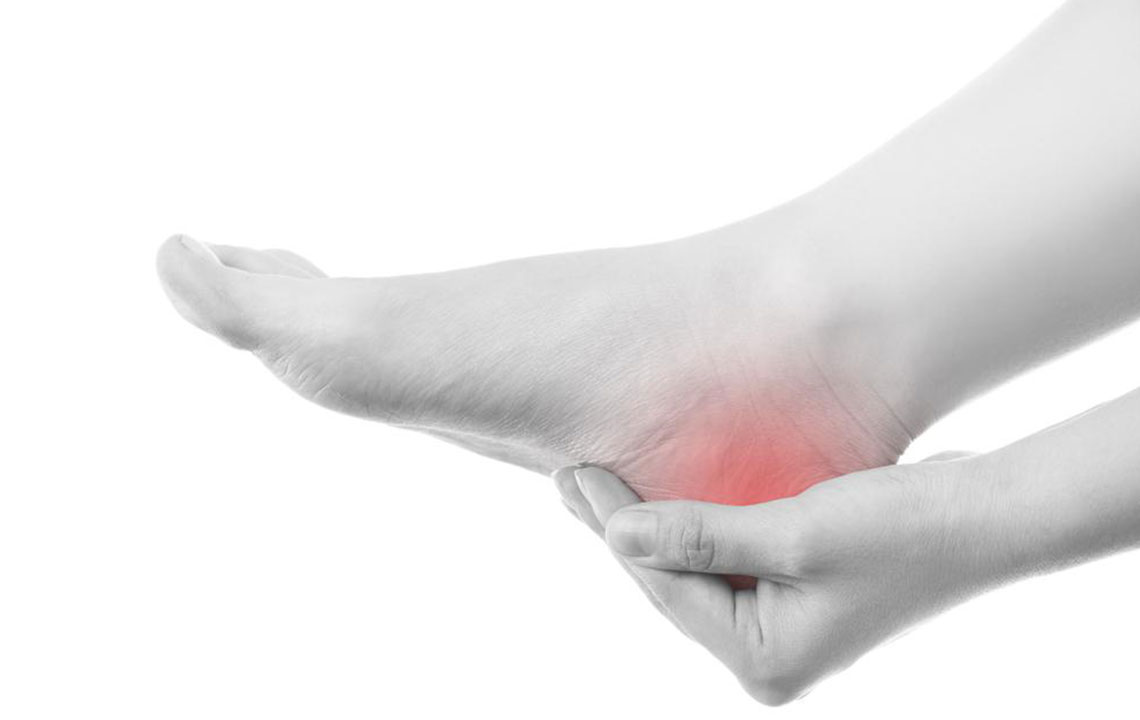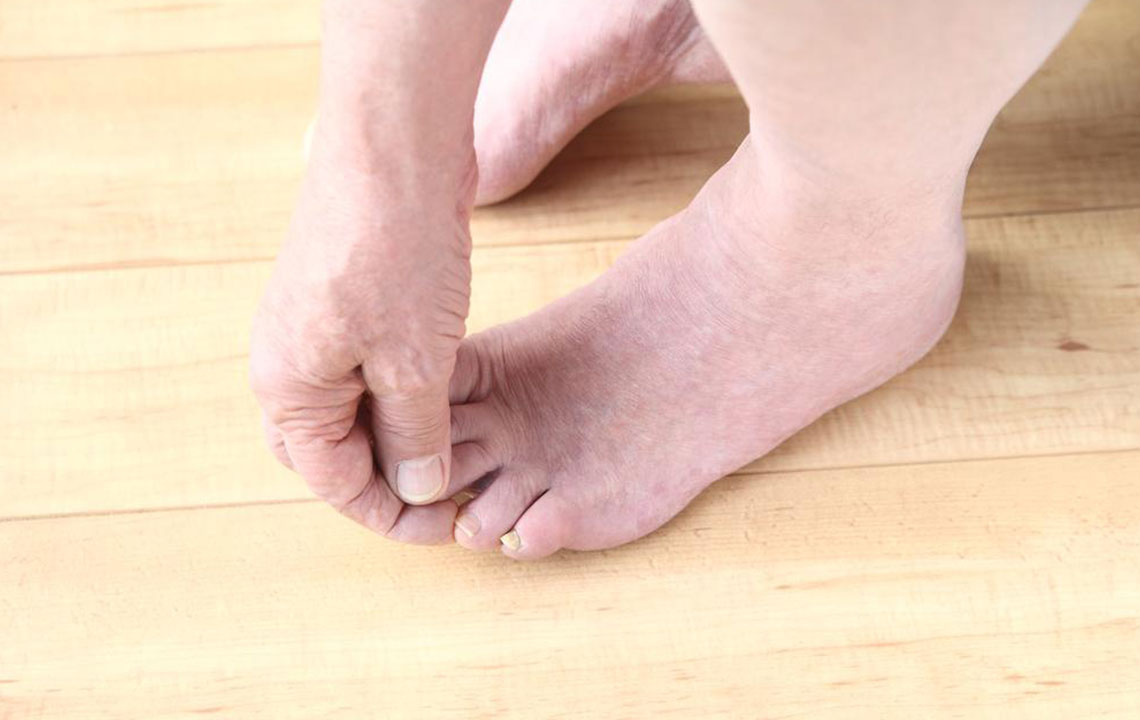
Home Remedies
5 Natural Remedies for Treating Gout Pain
A gout is a form of arthritis, which develops due to the high level of uric acid in the blood. The acid creates a sensation which feels like needle-like crystals in the joints, which cause sudden, episodic pain, redness, swelling, tenderness, etc. Before knowing the popular and effective ways of treating gout pain, let’s understand the four types of gout pain that include asymptomatic hyperuricemia, acute gout, interval gout, and chronic gout. Asymptomatic hyperuricemia – This is the first attack of gout pain that is a signal of starting of this issue. In this stage, the level of uric acid becomes high in the blood and the start forming crystals in the joints. People don’t feel any physical symptom at this stage. Acute gout – In this stage, a person feels the first attack of gout due to increasing the level of uric acid in the blood. The inflammation and pain stay over the night or a week. After a week, the pain settles down by its own. In some cases, people never feel anything in the second stage. However, it mostly experienced by every sufferer. Interval gout – it is the middle stage of gout. In which, the little inflammation damages the joints.












